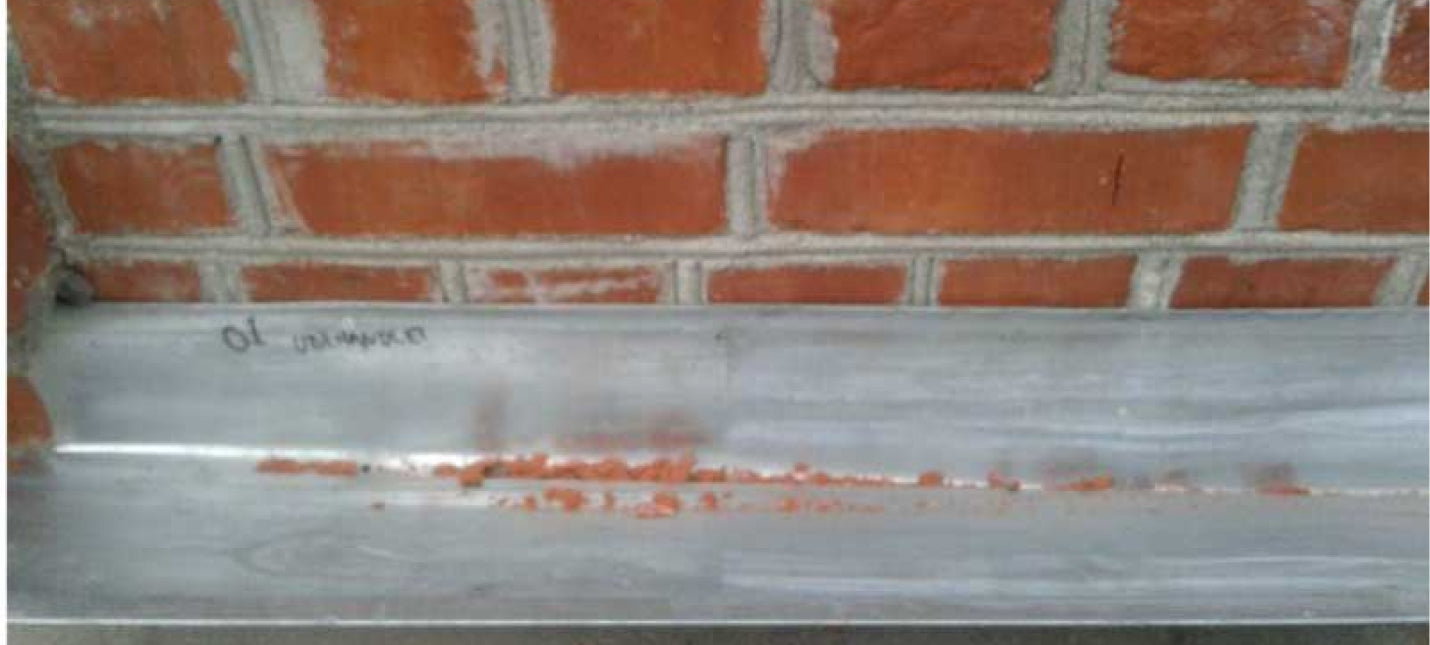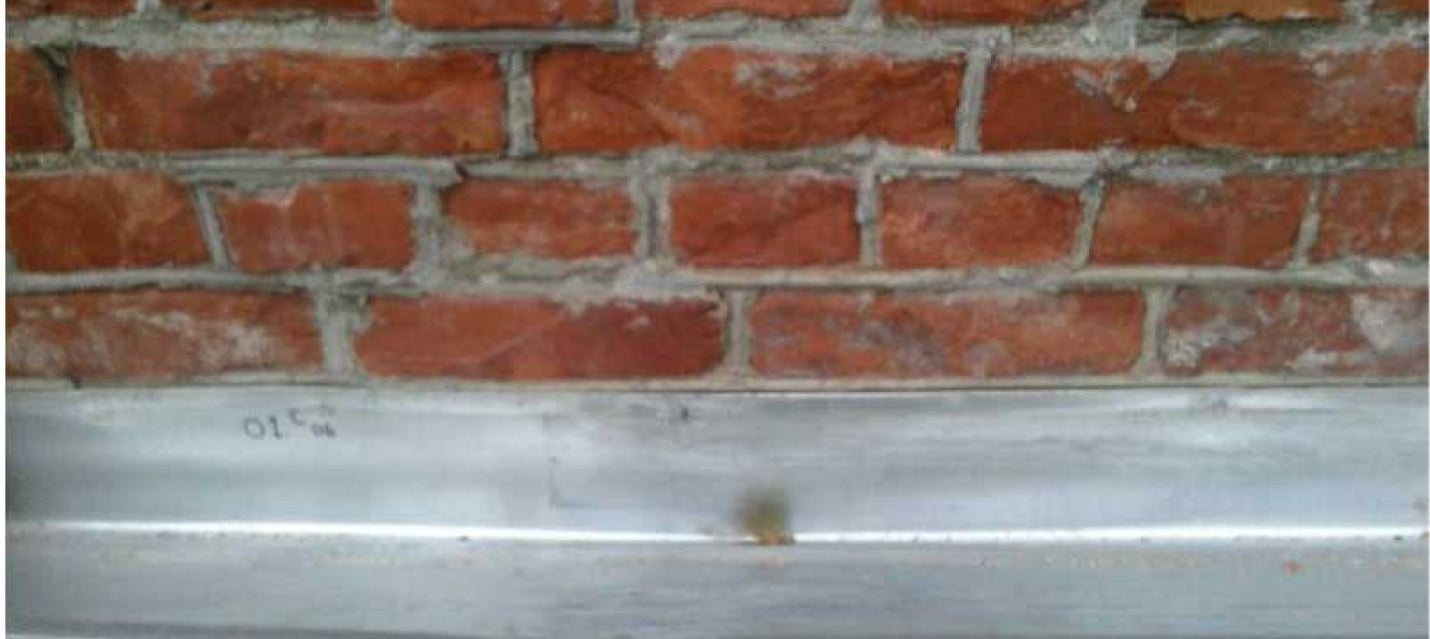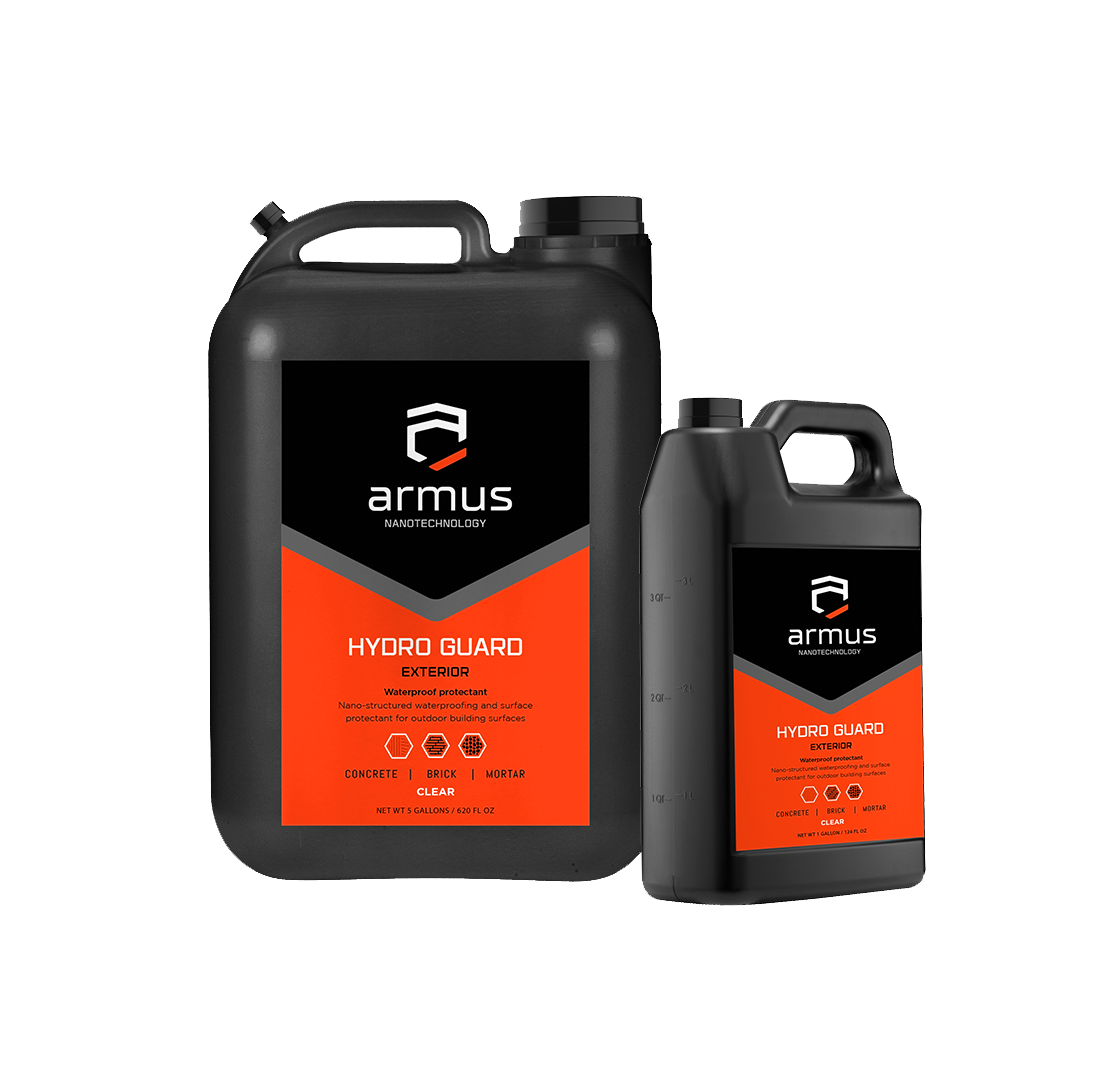
HYDRO GUARD PROTECTS FROM EXTREME FREEZE-THAW CYCLES & PREVENTS SPALLING
- LOCATION: KLEVFOS INDUSTRIMUSEUM, NORWAY
- DATE APPLIED:
- SUBSTRATE: BRICK
- PRODUCT USED: HYDRO GUARD
- APPLICATION METHOD: HVLP SPRAYER
- SITE DESCRIPTION: HISTORICAL PAPER MILL / MUSEUM
THE CHALLENGE
Building conservation projects in Norway are surprisingly comparable to those undertaken in the US and Canada. Despite being located entirely north of 57 degrees latitude, Norway has a climate that is quite similar to that of much of North America. This is primarily due to the Gulf Stream, that brings warmer water into the North Atlantic, giving Norway four distinct seasons.
The largest city is Oslo, in the southeast. It has an annual average precipitation of 32 inches, about two-thirds of that of New York City or Vancouver. The coldest months are January and February, with mean daily minimum temperatures of 24°F. July is the warmest month, with a mean daily maximum of 73°F, only a few degrees less than Seattle. The freezing season lasts from mid-October to late April; Oslo is thus frost-free for about half the year.
On the west coast, Bergen is Norway’s second most populous city. Annual precipitation here is 98 inches, although less than amounts measured on the Olympic Peninsula, in northwestern Washington State. January and February are relatively moderate, with minimum daily temperatures averaging about 33°F, higher than those of Denver or Salt Lake City. July is warm in Bergen. The mean daily maximum temperature is 67°F; in recent years, there have been record high temperatures above 90°F. Bergen is frost-free for more than 210 days per year, longer than for the Chicago area.
Preserving the structural integrity and aesthetic appeal of the Klevfos Industrimuseum's historic brick façade in Norway presented a significant challenge. The harsh Scandinavian climate, characterized by an average of 90 annual freeze-thaw cycles, subjected the façade to continuous expansion and contraction, leading to spalling, cracking, and progressive material degradation. Traditional protection methods often proved insufficient for long-term protection, necessitating a solution capable of withstanding the cyclical stresses of the harsh Nordic environment.
THE SOLUTION
Armus Hydro Guard, a water-repellent surface protection technology, was implemented to combat freeze-thaw damage. Its advanced formulation creates a near-surface barrier that significantly reduces water infiltration.
Its advanced silane-based formulation creates a hydrophobic near-surface barrier on the brick, significantly reducing water absorption. This impedes the formation of expansive ice crystals within the pores during freezing, minimizing internal pressure and preventing subsequent spalling.
Hydro Guard promotes controlled moisture diffusion through the substrate, allowing trapped moisture to evaporate effectively rather than accumulating and exacerbating freeze-thaw damage. This breathability prevents internal pressure build-up and maintains the integrity of the underlying material.
IMPLEMENTATION
- The target section of façade was carefully cleaned to remove existing dirt and contaminants and allowed to dry.
- Hydro Guard was applied using an HVLP sprayer to ensure a uniform treatment. A portion of the facade remained untreated to serve as a control, enabling direct comparison of the treatment's efficacy.
30 FREEZE-THAW CYCLES POST-APPLICATION RESULTS & evaluation
Following exposure to 30 freeze-thaw cycles, the performance of Hydro Guard became irrefutably evident. The untreated control section exhibited noticeable spalling, with a substantial accumulation of brick fragments and weathered debris at the mounted collection tray at the section base.
Conversely, the Hydro Guard-treated area, despite heavier pre-existing deterioration, showcased a remarkably lower degree of freeze-thaw damage. This significant difference in performance demonstrates the effectiveness of Hydro Guard in mitigating the detrimental effects of cyclical expansion and contraction, even under the extreme duress of a Norwegian winter.
The Klevfos Industrimuseum case study provides compelling evidence for Hydro Guard's efficacy in safeguarding façades against freeze-thaw damage. Notably, even on a pre-deteriorated surface and in a climate with nearly double the freeze-thaw cycles compared to other regions, Hydro Guard mitigated material breakdown and preserved the structural integrity of the façades. By effectively minimizing water infiltration and its consequences, Hydro Guard offers a reliable shield against harsh weathering.

project gallery
Untreated section of façade after 30 freeze-thaw cycles. Spalling damage and deterioration visible in mounted collection tray at façade base.

Hydro Guard-treated, heavily deteriorated section of façade after 30 freeze-thaw cycles. Little to no spalling visible in collection tray.
Video

Hydro Guard
A surface-applied water-borne water-repellent treatment for the protection of limestone, concrete, cement stucco, mortar, brick, artificial and natural stone.
View full details
